10-60V 20A DC Motor PWM Speed Controller
It is a 10-60V 20A DC PWM Speed Controller that allows controlling DC loads through Pulse Width Modulation (PWM) which is adjustable using the knob.
This provides a continuous current of 20 A
As its name indicates, it controls the speed of the loads that are connected to this module at a continuous current of 20 A and with a variable power depending on the adjustable voltage, where its maximum is 60 V.
First the load to be controlled will be connected to the controller terminals A voltage will then be fed to the controller.
Note that the voltage applied to the controller will be the supply voltage applied to the circuit.
It is recommended that an appropriately rated fuse be added in line with the positive supply to protect the circuit from any short circuit.
SPECIFICATIONS
Input voltage: 10 V to 60 V in DC
Maximum output power: 1,200 W
Maximum output current: 20 A
PWM Frequency: 25K Hz
Adjustable duty cycle: 0%-100%
Weight: 77g
Module size: approx. 77x45x28mm
Pins
Int: Power+, Power –
Out: Motor+, Motor –
Speed Controller Warnings and Uses
Before connecting the controller, please make sure the power is off.
Includes fuse for short circuit protection and reverse connection.
Please use DC power supply, do not directly use 220V – 127V household alternating current (AC).
At a current of 10A in a long working life ensure that the heat dissipation works properly.
Do not interchange negative and positive power charges, as it may damage the controller.
To change the direction of the motor, swap the positive and negative motor cables.
Hertz to Revolutions per minute conversion
Frequency is a way of describing oscillatory motion, such as that of a particle or wave. This describes the time it takes for a movement to repeat itself.
It is measured in hertz, which is one oscillation per second or 1/second.
Revolutions per minute (RPM) denotes circular motion, or the rotations completed by an object around an axis.
In motors, it tells us how fast they rotate when not under load.
There is a relationship between the frequency of a motor and RPM to transform from one unit to another.
This equivalence indicates that we can convert a speed expressed in RPM to a frequency expressed in Hz using the following equality

inversely
![]()
For example, if a motor operates at 65 Hz (completes 65 revolutions per second).
what is RPM?
For which we would be applying the second formula given that this motor operates at 3900 RPM.

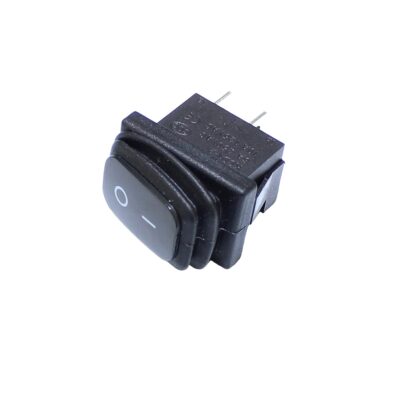
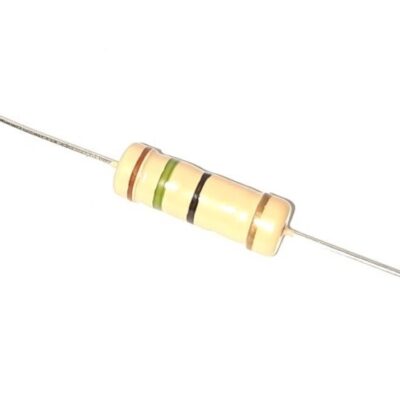
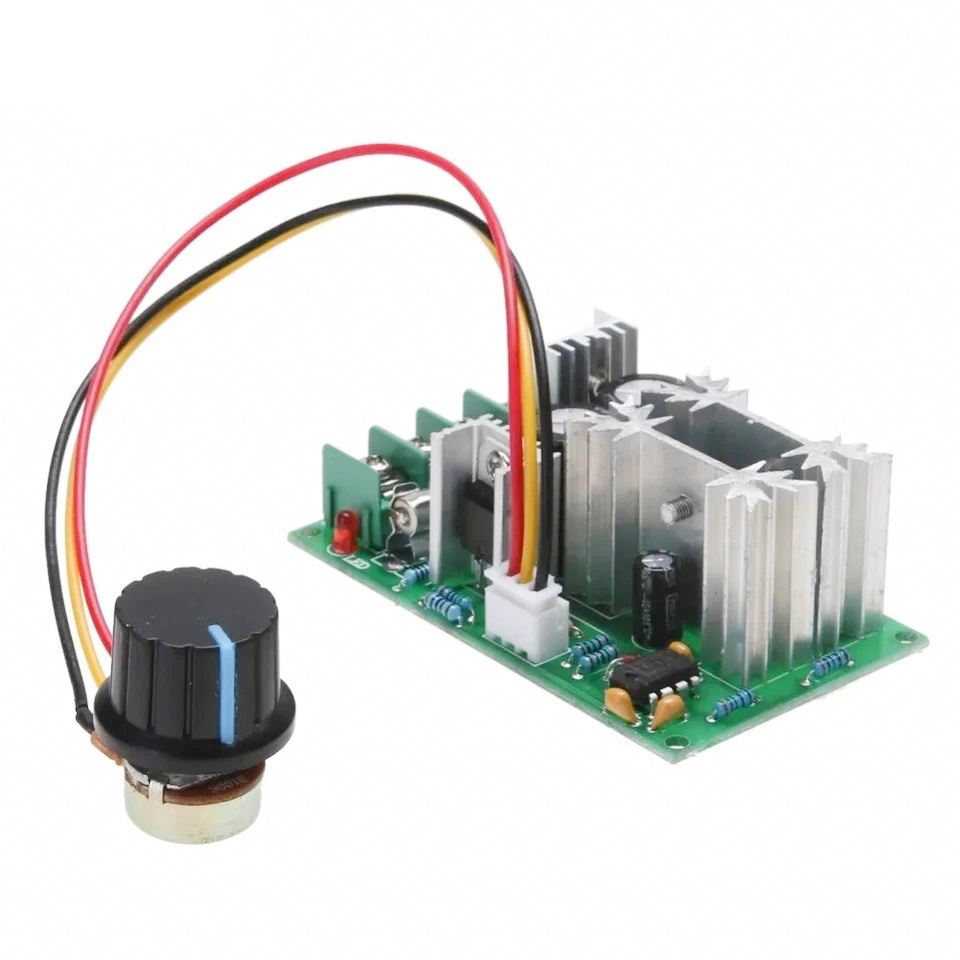
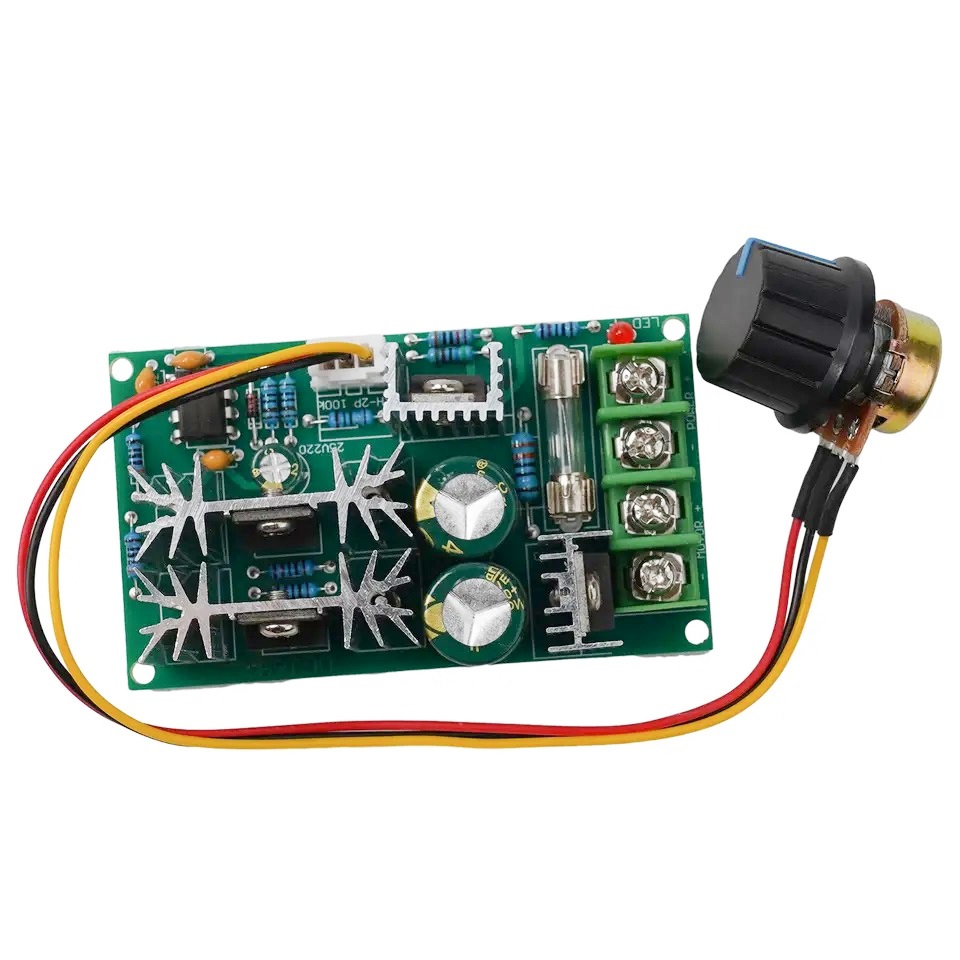
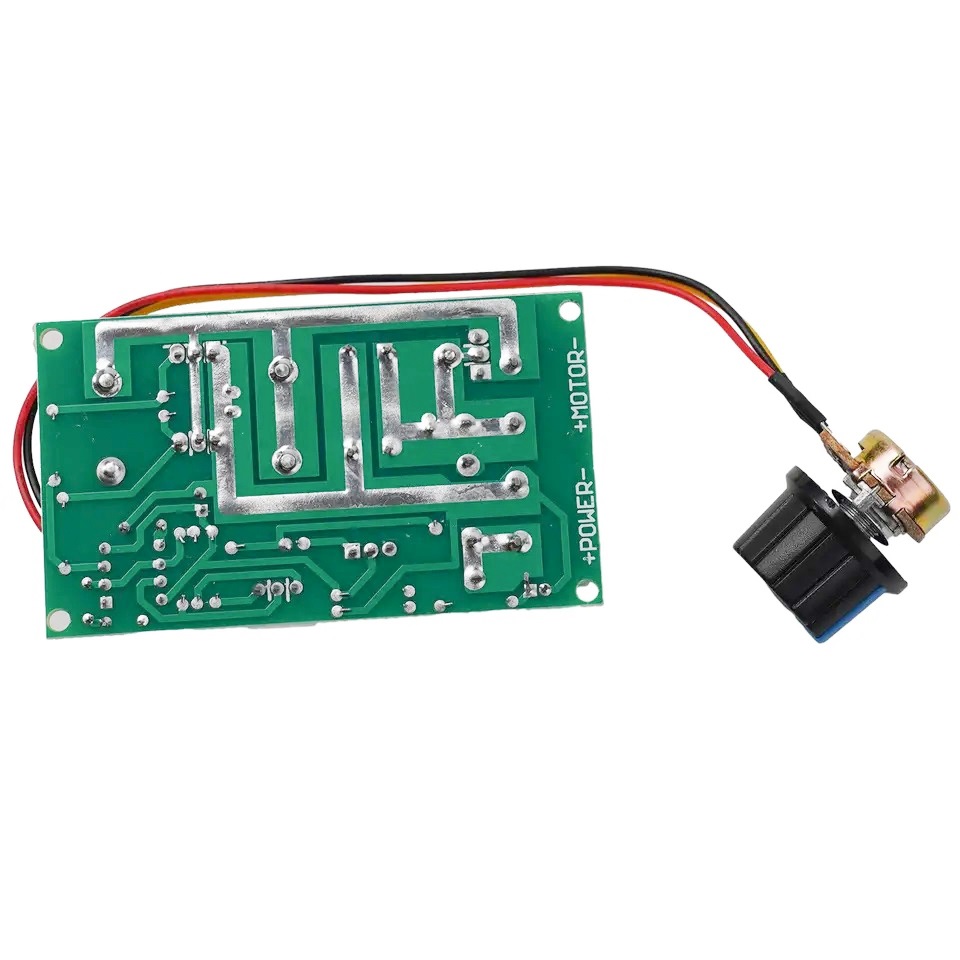

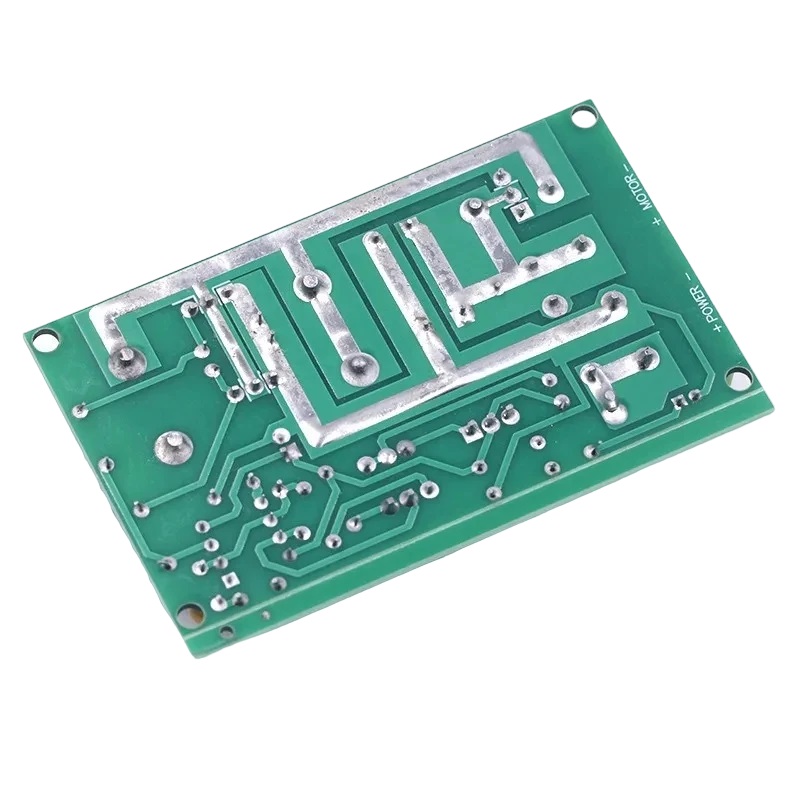
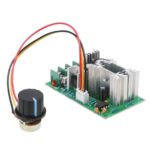

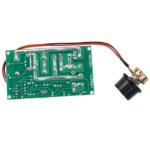

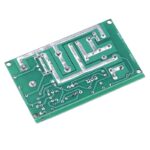
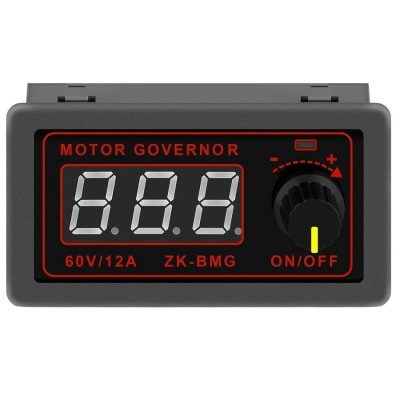
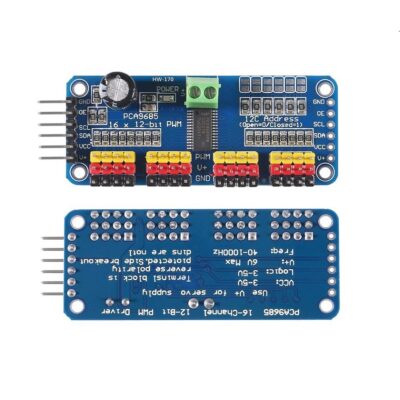
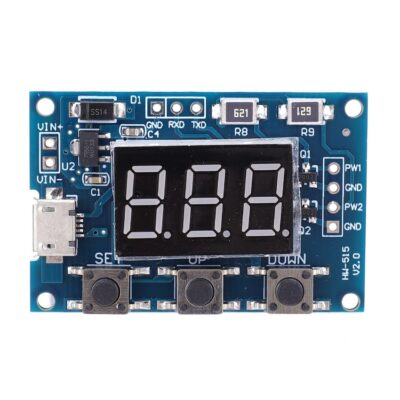
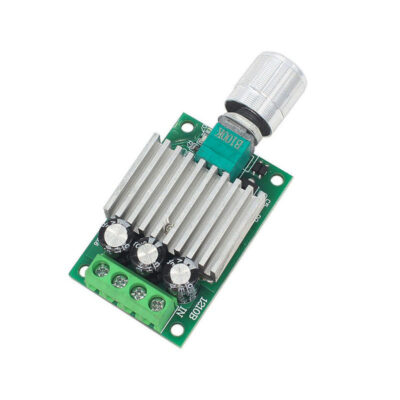
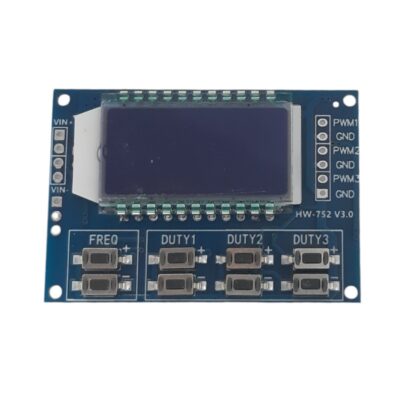
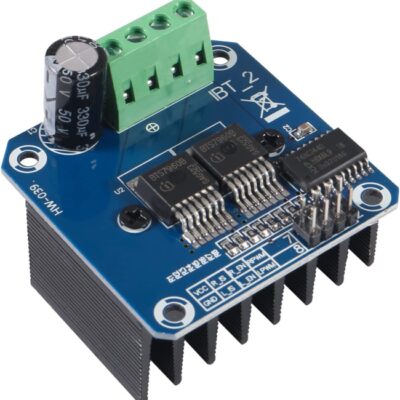
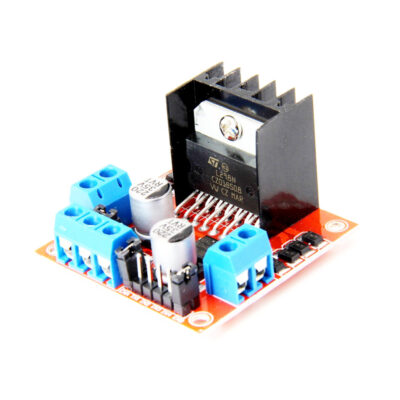


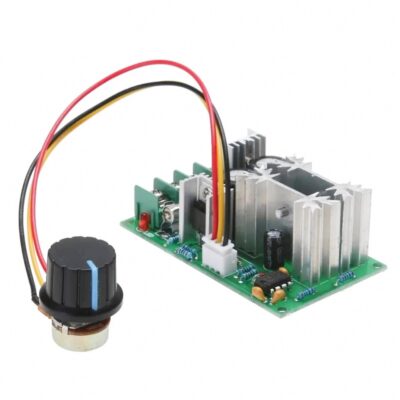
دیدگاهها
هیچ دیدگاهی برای این محصول نوشته نشده است.